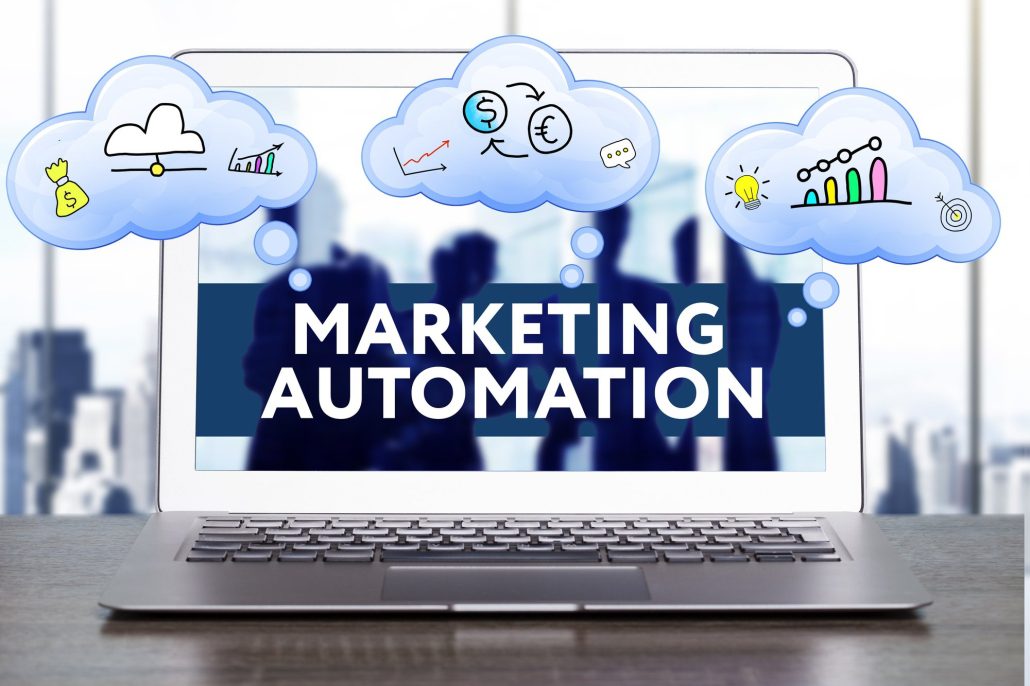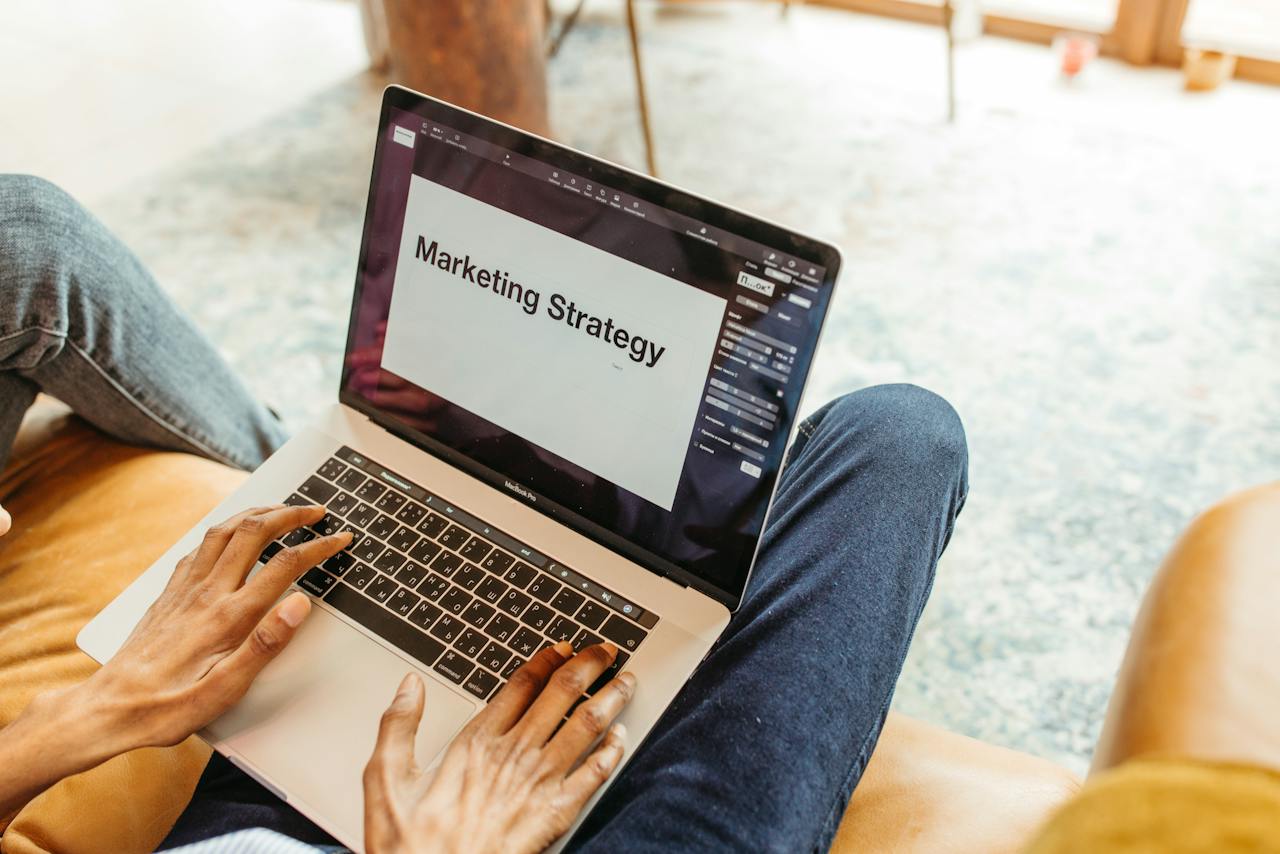The Importance of Omnichannel Marketing for Shopify Stores
In today’s digital landscape, running a successful Shopify store requires more than just having a visually appealing website and quality products. With the rise of multiple digital channels, it has become essential for Shopify store owners to adopt omnichannel marketing strategies to reach and engage customers across different platforms and touchpoints.
What Is Omnichannel Marketing?
Omnichannel marketing is an approach that aims to provide a seamless and consistent experience to customers across multiple channels, both online and offline. It focuses on integrating different marketing channels, such as websites, social media, email marketing, mobile apps, and in-store experiences, to create a unified brand presence.
Why Is Omnichannel Marketing Important for Shopify Stores?
- Boosted Sales and Conversion Rates: By implementing an omnichannel strategy, Shopify store owners can reach customers more effectively, resulting in increased sales and conversion rates. A study by Harvard Business Review found that omnichannel customers have a 30% higher lifetime value compared to those who only shop using one channel.
- Enhanced Customer Experience: Omnichannel marketing allows customers to interact with a brand through different touchpoints, providing them with a seamless and integrated experience. By tracking customer behavior across channels, Shopify store owners can tailor their marketing messages and provide personalized recommendations, leading to higher customer satisfaction and loyalty.
- Improved Customer Retention: With omnichannel marketing, Shopify store owners can stay connected with customers even after they’ve made a purchase. By keeping customers engaged through various channels, such as email newsletters, social media updates, or personalized promotions, it becomes easier to nurture relationships and encourage repeat purchases.
- Better Data Insights: Omnichannel marketing provides valuable data insights that help Shopify store owners understand customer behavior, preferences, and patterns. By analyzing this data, they can optimize their marketing strategies, identify areas for improvement, and make data-driven decisions to drive growth and profitability.
Tips for Implementing Omnichannel Marketing on Shopify
- Consistent Branding: Maintain a consistent brand presence across all marketing channels. Use the same brand colors, logo, fonts, and voice to create a cohesive experience for customers.
- Seamless Integration: Integrate different marketing channels with your Shopify store to provide a seamless experience. Use apps and plugins to synchronize data, automate processes, and ensure consistency across platforms.
- Personalization: Leverage customer data to deliver personalized experiences. Use customer segmentation, behavior tracking, and dynamic content to provide relevant recommendations and offers that align with each customer’s preferences.
- Mobile Optimization: Optimize your Shopify store and marketing efforts for mobile devices. Mobile commerce is growing rapidly, and ensuring a smooth experience on smartphones and tablets is crucial for omnichannel success.
- Measure and Analyze: Implement tools and analytics to measure the performance of your marketing campaigns across different channels. Analyze the data to identify trends, understand customer interactions, and optimize your omnichannel strategy accordingly.
Omnichannel marketing is not a one-size-fits-all solution, and it may require experimentation and adaptation to suit your specific Shopify store and target audience. However, by implementing an effective omnichannel strategy, you can maximize your store’s reach, engagement, and revenue, ultimately setting yourself apart from competitors in the ever-evolving ecommerce landscape.
Remember, consistency and a seamless customer experience should be at the core of your omnichannel efforts – making it easier for customers to engage with your brand, regardless of the channel they choose.




 Unlocking the full potential of your marketing operations requires a precise blend of strategy, technology, and insight. It’s about more than just hard work; it’s about working smarter. Through strategic refinements and embracing new methodologies, your marketing can become a streamlined force capable of delivering outstanding results with increased efficiency. This article provides a blueprint for those looking to refine their marketing engine, ensuring every component is tuned to perfection.
Unlocking the full potential of your marketing operations requires a precise blend of strategy, technology, and insight. It’s about more than just hard work; it’s about working smarter. Through strategic refinements and embracing new methodologies, your marketing can become a streamlined force capable of delivering outstanding results with increased efficiency. This article provides a blueprint for those looking to refine their marketing engine, ensuring every component is tuned to perfection.